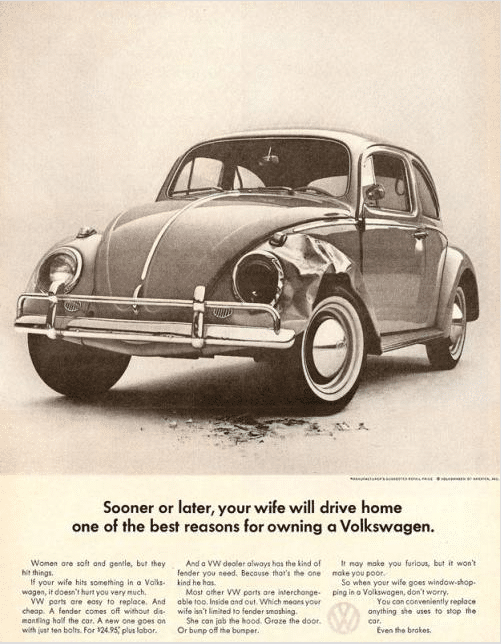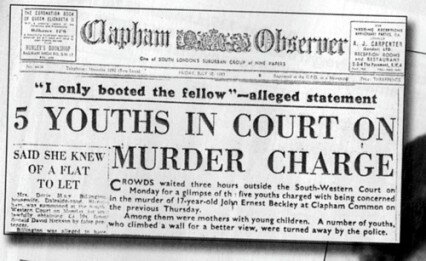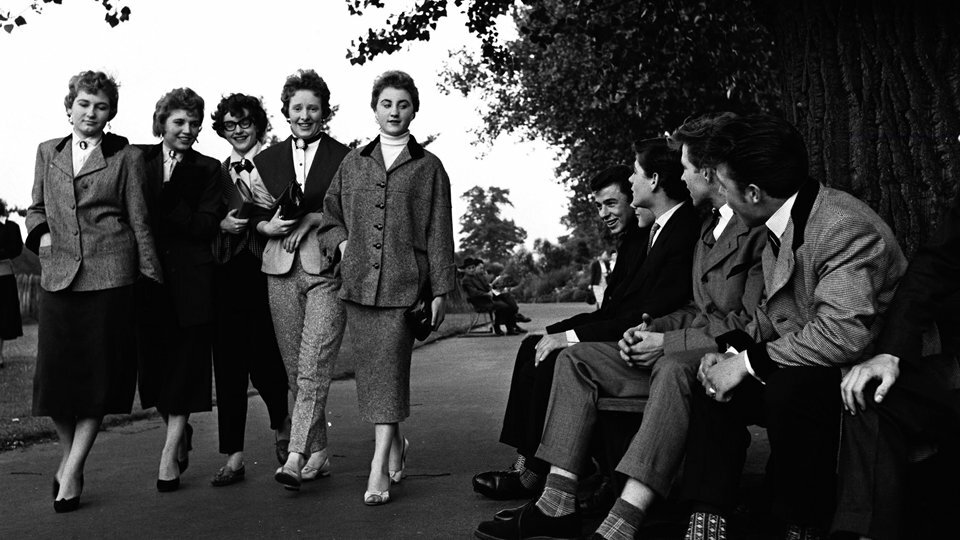
The hero's journey is a key part of Spider-Man narratives and Death Of The Mentor as a plot device is even brought up by the characters in the movie.
PART ONE- DEPARTURE
- An Unusual Birth
- Call To Adventure
- Being bitten by the radioactive spider
- Awakening to his powers in school
- Returning to the place he was bitten and seeing the particle collider.
- Talking to Parker in his last moments
(DIRECT- given orders and magical object- override key.)
- Hearing MJ's speech at Peter Parker's funeral
(DIRECT call to action- "Everyone's counting on me.")
- Meeting the alternate universe Peter Parker
- Escaping from the police
- Crossing The Threshold
PART TWO- INITIATION
- Challenges or Trials
-Escaping the police with Peter Parker
- Stealing the information for the override key
- Escaping the compound
- Fighting Fisk's henchmen at Aunt May's house
- Gaining his companions' support
- Supernatural Helper or Mentor
- His dad
(A very literal father figure, gives him the push he needs for his transformation.)
- Aaron Davies
(Someone he trusts and looks up to greatly, in dying pushes Miles to his greatest potential as he reveals a weakness in Miles' character that must be amended.)
- His universe's Peter Parker
(Gives him the magic object, the override key, and in dying puts pressure on Miles to succeed through his own power and instinct rather than through strict guidance.)
- Alternate Universe Peter Parker
(His true mentor, allows Miles to realize his own potential through lax tutoring and friendship. His investment in Miles develops both characters significantly.)
- Abyss or Temptation
- Transformation

The transformation of Miles into a true Spider-Man is an incredibly satisfying event after the long buildup and his initial rejection of the call. The undoubtable catalyst is hearing his father speak to him through the door, reassuring him of his talent and ability as he is bound and unable to reply in his lowest moment- He breaks through his bonds with a concentrated venom strike, showing he is finally in control of his powers (later, Parker exclaims - "You're doing it on command!") and ready to join the others in his place. He returns to Aunt May's house and creates his outfit, transforming in a fairly literal sense, but his true transformation is shown in his leap from the highest building- where before, he had chosen the easier route and still failed, he leaps with confidence and ease. There is a breathtaking shot of him falling upside-down, cementing his growth into his role as the hero of the story, and he joins the others at the collider. After proving he has surpassed his mentor by sending him back through the rift, he defeats Fisk and destroys the collider, completing his ultimate objective and saving the city.
PART THREE- THE RETURN
- Reconciliation With The Father Figure
























